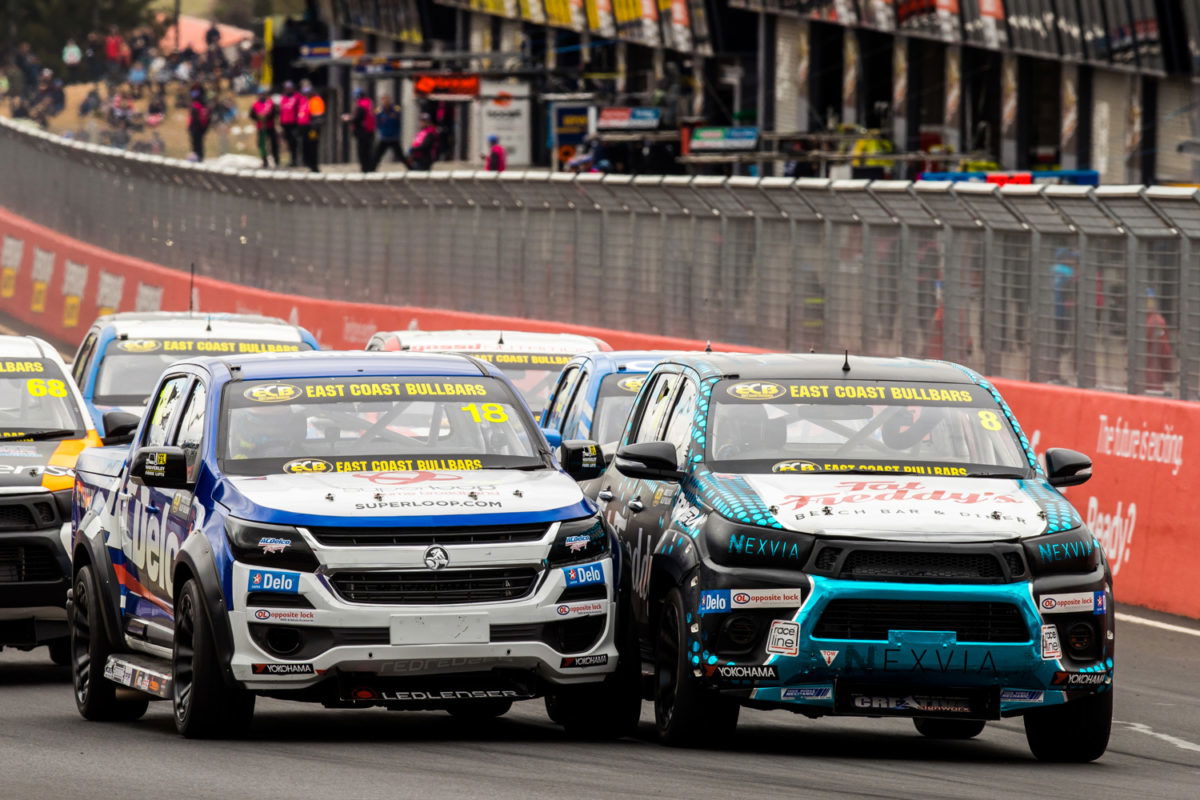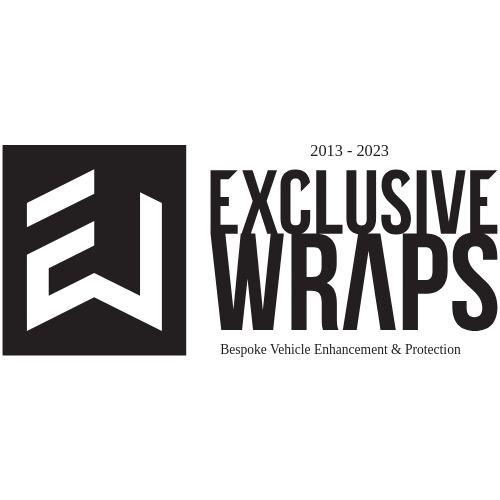

SuperUtes is set to change to V8 petrol-powered engines next year in a bid to win over fans, after a meeting of team bosses at the Gold Coast 600.
The teams which represent the vast majority of the grid have agreed to the return to a V8 utes formula while retaining the dual cab platform.
In conjunction with the switch from turbo diesels, the teams would take ownership of the series, but continue to appear at Supercars events.
The changes have not been finalised as yet, but there is an imperative to come to a decision in as soon as a week in order to set up key functions for the running of the series and establish a 2020 calendar.
Team owners discussed options at this month’s Supercheap Auto Bathurst 1000 before a meeting earlier this evening on the Gold Coast which saw them agree on a direction.
“(The) Team owners want to go V8 next year and we’re looking at a five- or six-round series with V8 Supercars next year,” Sieders Racing Team owner Luke Sieders, whose team runs as many as three Mitsubishi Tritons and four Toyota Hiluxes and therefore constitutes around half the current grid, told Speedcafe.com.
“We’re still formulating how that’s all going to work but it’ll be definitely a V8 engine next year.”
The stance is said to be driven primarily with the aim of improving fan reception of SuperUtes, with reliability only “a small part” of the reason according to Sieders.
While team bosses such as Brett Peters, who runs two Mazda BT-50s and a Holden Colorado, have reported support for SuperUtes from outside non-traditional motorsport circles, opinions have been largely scathing on Speedcafe.com’s forums.
“What was decided was that the best chance for utes to continue in Australia racing is to put a V8 in them, make them have good horsepower, make the right sound, make them look cool, and then the category can grow,” Peters told Speedcafe.com.
“They would even have over-run, with flames coming out of them; make them look cool, but still leave them identifiable as Hiluxes or Rangers or all the things that people drive, and it will be pulled together in the next week.”
Entry numbers have remained stubbornly low since SuperUtes began last year with 13 cars at Adelaide and hit a low of nine at Townsville this year.
While the Bathurst round saw what is believed to be all 14 fully-built SuperUtes in existence race, only 10 have taken to the track this weekend on the Gold Coast.
Peters reasons that the negative fan reaction has discouraged potential competitors.
“It’s the lack of growth that’s the issue and the continual negatives, so with a very, very small tweak, it may be able to turn it on its ear,” he stated.
“Imagine, suddenly they’re doing the same time as V8s, they look great, they sound great… let’s have a crack at it.
“I think what’s happened is that SuperUtes costs have risen too far above why V8 Utes were successful. You can’t deny it, it has; it’s been too expensive.
“Put an LS (engine) in these things and suddenly you’re taking a big cost out of the category.
“Everybody that drives them reckons they’re a hoot – they stop, they turn, they handle, they climb the kerbs, they do all the other things right – so if we can make them cool and make them cheaper…”
The changes are said to have the blessing of Supercars, which took over V8 Utes in 2016 and ultimately replaced it with SuperUtes.
Finer details of how series ownership will be structured are still being worked on.
“We’re still working through that but the teams have worked an ownership group together and we’re putting people in place to take over the management, moving forward,” said Sieders.
The series could still be called ‘SuperUtes’, with Supercars said to be willing to allow its trademarks to be used.
“Supercars have been fabulous about it all and they’re happy for us to continue with the ‘S’ (logo), so that’s awesome,” explained Peters.
“They’ve been really good, but ask the fans ‘What would you call them?’ I don’t know, maybe you’ve got to call them ‘V8 SuperUtes’.”
Inaugural SuperUtes series winner Ryal Harris, who also picked up three titles in his time as a stalwart of the V8 Ute Racing Series, has previously suggested that SuperUtes needed more power in order to win fans over, despite being more of a race car than the V8 Utes were.
The SuperUtes were lowered after receiving a suspension upgrade and then an R-spec tyre this year, with lap times dropping by multiple seconds but still not matching those achieved in the old Commodore and Falcon V8 Utes.
Harris set the pace in both of today’s practice sessions in his Peters Mazda BT-50, with Armor All Qualifying starting tomorrow at 0905 local time/1005 AEDT.





















Discussion about this post